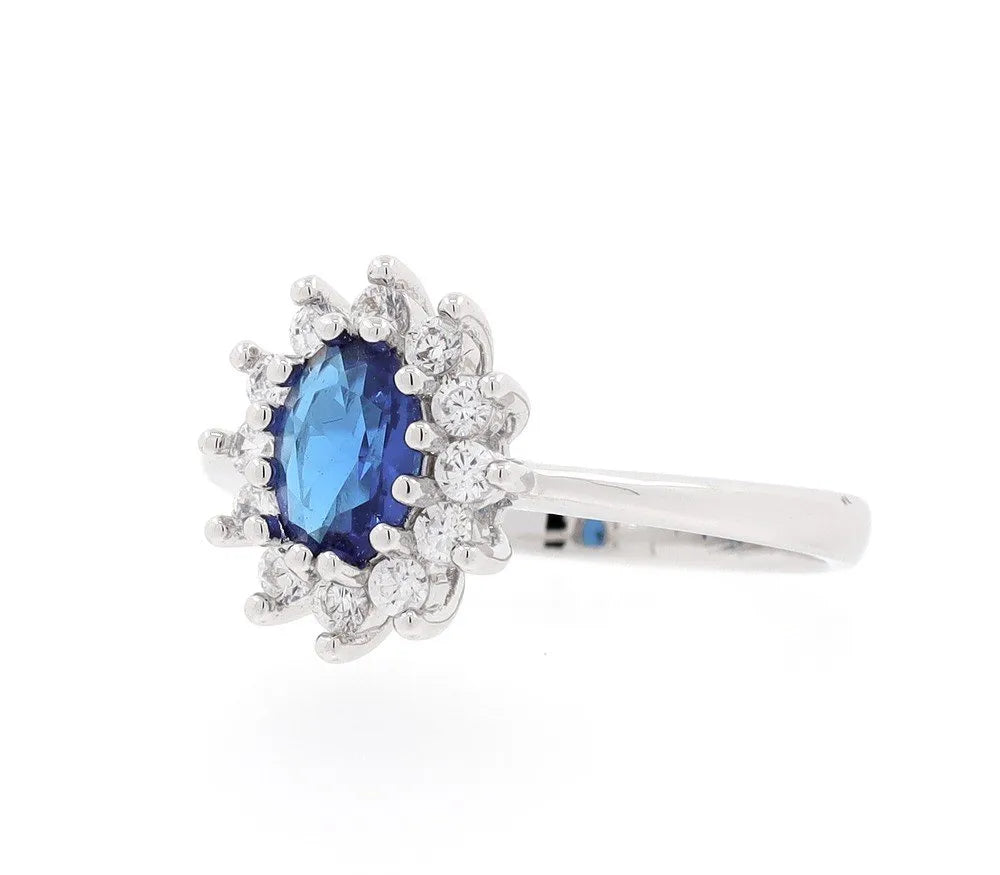Automated Focus Stacking Software for Macro Photography
Focus Stacking Made Simple
Focus stacking captures multiple images at different focal planes and blends them into one ultra-sharp photo, perfect for macro and product photography, such as jewelry.
Two Ways to Stack
- Adjust Focus: Keep the camera fixed and shift the focal distance between shots using software like Visere Captura.
- Move the Camera: Keep the focus fixed and move the camera precisely along a Pictomic Macro Rail Slider for consistent, automated stacking.
How It Works
Maintain steady lighting, capture a sequence covering the full depth of your subject, then merge the sharp areas using Visere Captura with the Focus Stacking Plugin for seamless results.

When is Focus Stacking Required in Product Photography
Focus stacking is essential for capturing products entirely in focus from front to back. This is particularly crucial when photographing small items like jewelry with a macro lens, as they have a shallow depth of field. While reducing the aperture size (increasing aperture value) can enhance depth, it often compromises image sharpness and quality due to lens diffraction. Focus stacking resolves this issue by enabling users to utilize an optimal aperture "sweet spot" while achieving a fully focused image.
Focus Stacking Software
When utilizing the focus stacking plugin with Visere Captura Product Photography Software, the software streamlines image capture, processing, and stacking. To initiate focus stacking image capture, users simply specify the front and back focal points using the focal arrows in the software, select the desired number of frames for the stack, and click 'Start'. The software automates this capture process by adjusting the focal point, capturing images, uploading them, and repeating until the entire set is complete. After capture, the images are merged into a single frame based on user-defined Focus Stack Render Settings (Method, Radius, & Smoothing). Additionally, users can choose to access the individual frames used in the focus stacking set if needed. Explore more about Visere Captura's Still Product Photography Automation Tools.

Focus Stacking Plugin for Visere Captura
Pictomic offers a range of 360 product photography software designed to streamline imaging workflows. When paired with a Pictomic computer-controlled 360 photography turntable, users can automate Focus Stacking within Visere Captura 360 Software, enhancing depth of field in 360° product photography.
The process is similar to still product photography focus stacking: users simply define a front and back focal point and select the number of frames for the stack. However, instead of outputting a single stacked image, the software seamlessly integrates this into the 360° shooting workflow.
Users specify the number of frames to capture per full rotation (e.g., 72 frames for one capture every 5 degrees). At each turntable position, a focus-stacked image is created by capturing a sequence of images at different focal depths, which are then merged automatically. Once the stack is composed, the turntable moves to the next position, and the process repeats until a full 360° sequence is completed.
Focus Stacking in 360 Product Photography Discalimer
-
Time to Capture
Incorporating focus stacking into 360° product photography significantly increases the time required for image capture and processing. Under normal conditions, capturing 36 product images (one every 10 degrees) takes approximately 1–2 minutes, depending on the turntable used. However, when applying focus stacking, the process becomes considerably more time-intensive.
For example, capturing a standard 360° view with 36 frames typically takes about 1.5 minutes. But if each of those 36 frames includes 5 focus-stacked images, the total number of images captured rises to 180 frames. Additionally, the time needed for the computer to process and merge multiple images into a single focus-stacked frame further extends the workflow duration.
While the entire focus-stacked 360° product photography process is fully automated, users should expect a substantial increase in overall processing time compared to standard 360° image capture.
-
Focal Position Drift
When performing focus stacking by adjusting the camera lens’ focal point via software, a phenomenon known as ‘focus drifting’ can occur. This happens when minor inaccuracies in the lens’s focal distance adjustments accumulate over multiple frames. Even a tiny misalignment—just a fraction of a millimeter—can compound as more frames are captured (e.g., more than 36 frames), potentially leading to inconsistencies in the final 360° stacked image.
To eliminate this issue, the optimal solution is to use a focus rail, which ensures precise and consistent focal adjustments by physically moving the camera instead of relying on lens mechanics.
-
Rubber Band Solution
When shooting with your camera tilted at a downward angle (e.g., 25 degrees or more), you may experience lens creep, particularly with heavier lenses. This occurs when small vibrations—such as those caused by the mirror and shutter movement—combine with gravity to subtly shift the lens’s focusing element, leading to unintended focus changes.
To prevent this, using a lens band (such as an elastic band or tape) can help by creating a direct mechanical link between the focusing ring and the internal focusing elements, keeping the focus stable. Additionally, our software includes features like ‘Leave Live View on After Capture’, which helps minimize camera movement by reducing unnecessary mirror and shutter actuation. These measures help maintain consistent focus when shooting at an angle.

Explore Focus Stacking
Explore the capabilities of Pictomic for 360 Product Photography Focus Stacking. With the acquisition of our Visere Captura 360 software, you gain access to a trial version of our focus stacking plugin. This provides an opportunity to evaluate its functionality and benefits before making a purchasing decision.
Pair the focus stacking plugin with Pictomic's Macro Rail Slider and Silver Jewelry turntable, for the ultimate focus stacking and 360 focus stacking imaging solution.